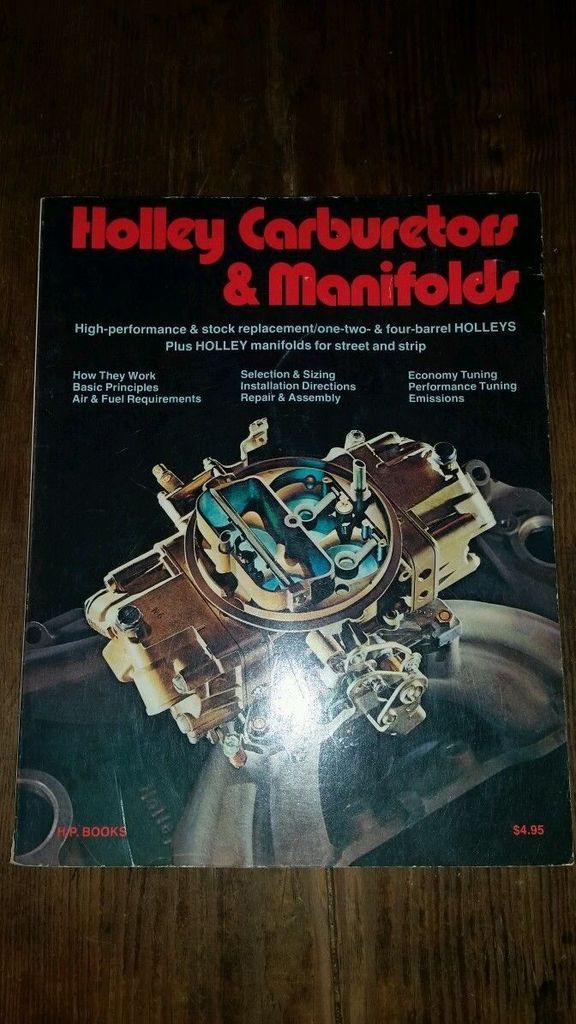quote:
Originally posted by Marlin Jack:
...don't want to complicate the issue here, but.
Fuel bowl levels must be adjusted with the carb Level!
All 'Mustang' manifolds tilt the carb Forward to compensate for the Engine being tilted BACK, to align with the differential.
In the Pantera the Engine sits LEVEL to the Chassis, tilting all carbs FORWARD.
That is why Most of us have installed a 'Wedge' Spacer, of 5-8 degrees, under the Holleys, to tilt the carb Back to LEVEL.
also about fuel splashing out of the vents upon severe deceleration/acceleration. The racers connect both vents with a hose, in a 'U' shape, and cut a little vent in the top-side at the center.
As far as the Jets getting uncovered...That is what 'Slosh Tubes' and 'Vent whistles' are for, look it up in the book.
Last, sloshing fuel in the carb bowls is a Major reason why most drivers prefer 'Fuel Injecton'!
Good point on the carb level/angle. Novices would probably not notice that.
Yes on the fuel sloshing on the Holleys. The Weber 48 IDA's don't noticibly. The floats are set transversely vs. the Holley which are front to back.
You can run as hard as you can handle with the 48ida's and not have fuel shifting issues.
They were designed as a "racing carb". The Holley was not and as a result has all sorts of fuel delivery issues in competition due to fuel shifting in the bowls.

The way the float and fuel bowl are designed in the ida, fuel can not be drawn away from the jets.
Mr.Weber was a very, very bright individual.

As far as the Holley "trick" jet and vent extensions go, the way we would verify the brakes being acceptable was to test them before a race and if the car didn't stall from the brake g-forces generated, they were not race ready?
They are just attempts to fix the unfixable with a Holley. They can somewhat help with reducing the problems but do not eliminate them.
You will have better results with a Holley at mounting it sideways like you do with dual Dominators on a "Tunnel Ram". I wonder if there are any of those on a Pantera? Marlin? What do you think? Maybe one or two?

5 degrees on this Moroso spacer.


